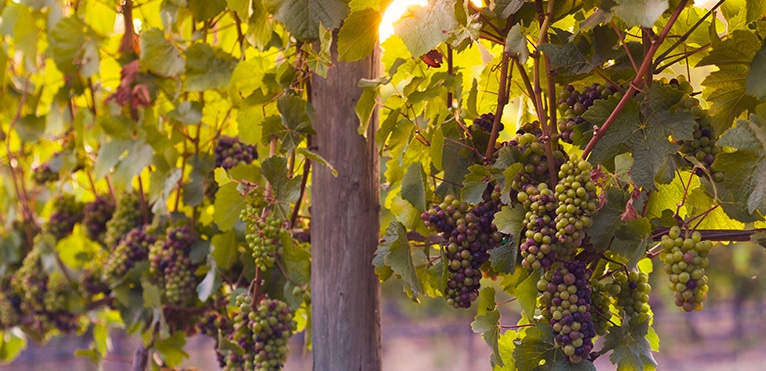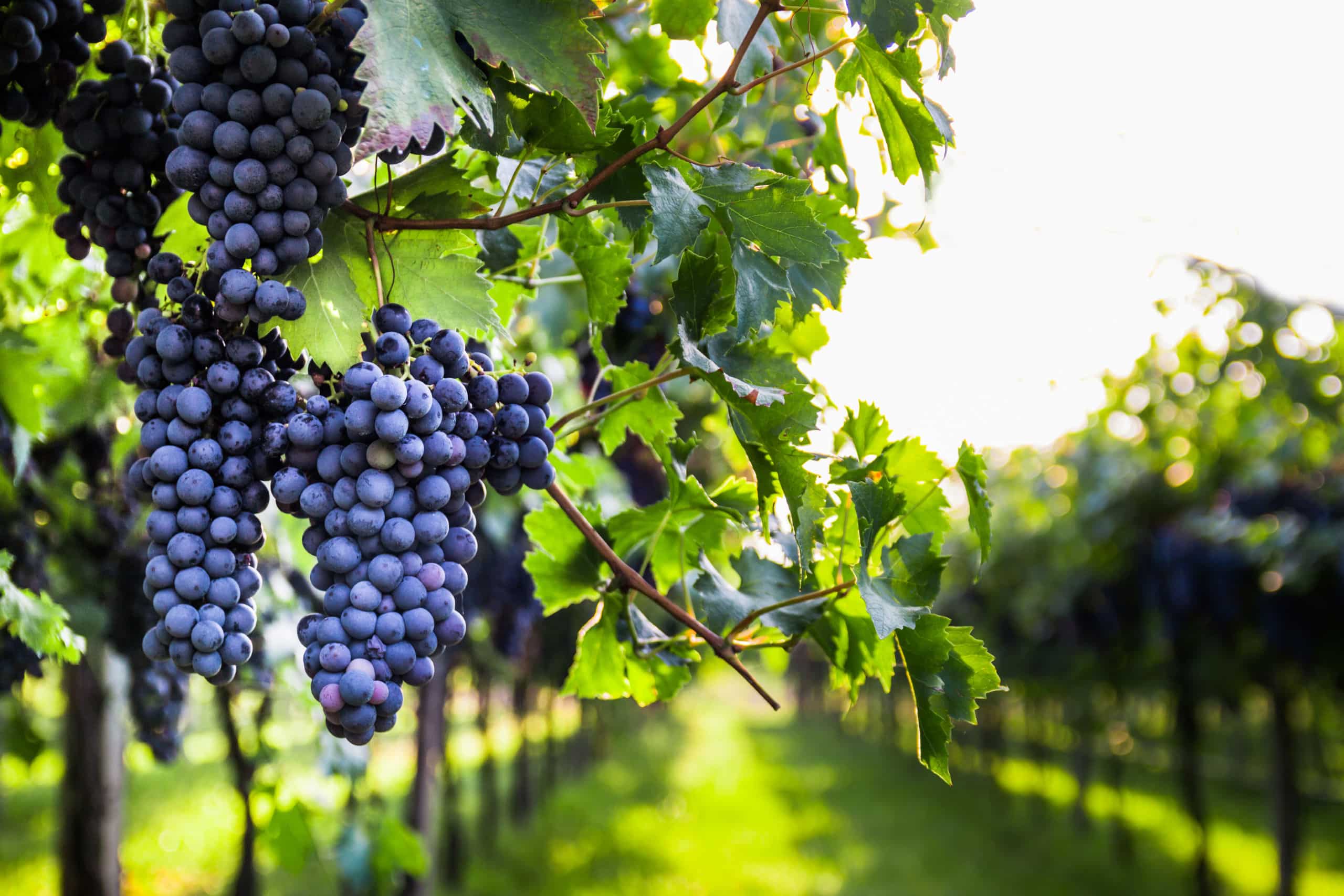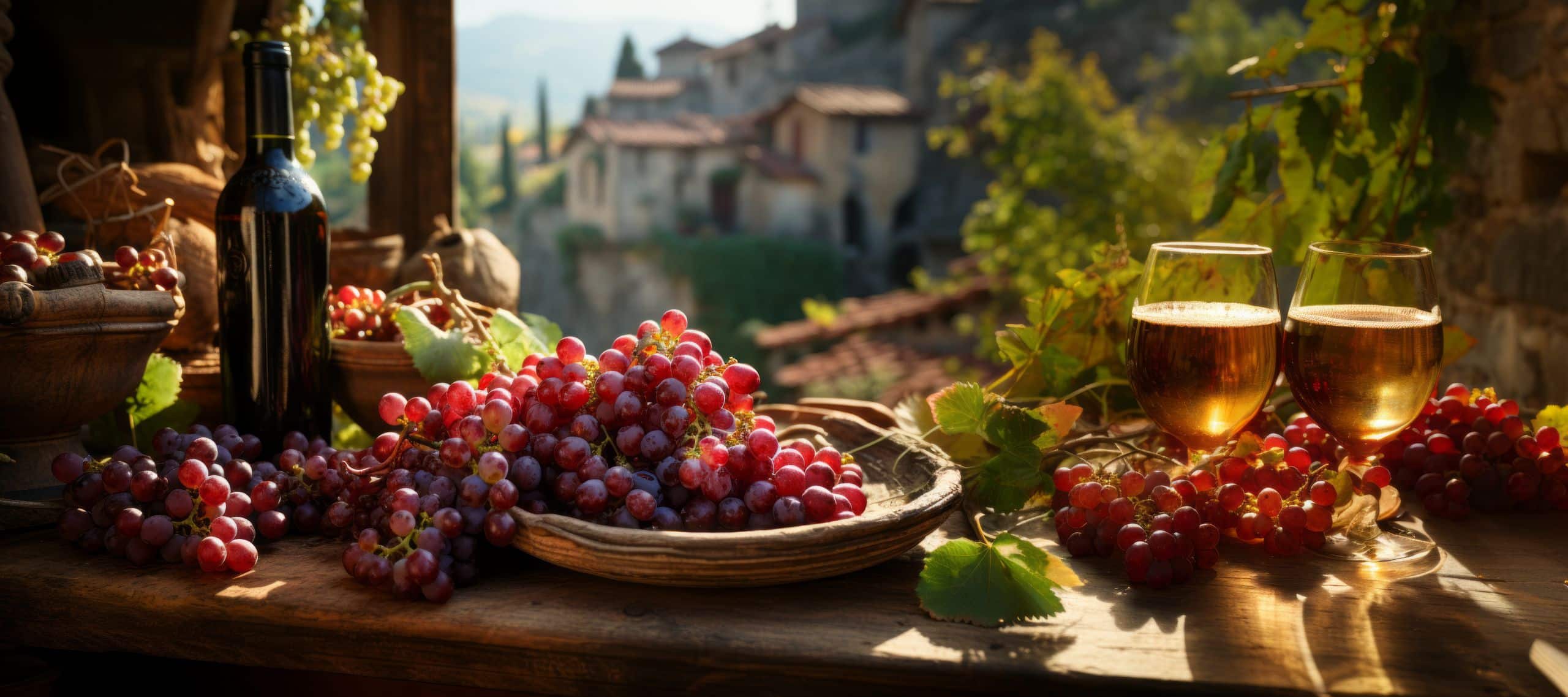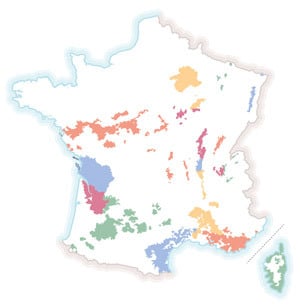
Contents
At first glance, Burgundy may seem very complicated to understand because of its many producers and appellations. Finally, it remains easily accessible when viewed through its grape varieties. Indeed, the vast majority of Burgundy wines are made from the region’s two flagship grape varieties: Pinot Noir and Chardonnay.
Pinot Noir, the emblematic grape of great red wines
It is the grape variety for which Burgundy is famous, and the source of the region’s finest red wines. Delicate, it is the finest and most sensitive to terroir. That’s why its expression can be continually different, even if it comes from vines that grow side by side, as is often the case in Burgundy.
Pinot Noir accounts for more than a third of all grape varieties grown in Burgundy. It is grown throughout the region, but especially in the Côte D’Or (Dijon department). In its youth, it offers red fruit aromas that evolve towards game and mushroom flavors as the wine ages. Acidity is generally present and tannins are not too dominant. Of course, this can vary according to vineyard, producer and vintage. Pinot Noir can be vinified using a wide variety of techniques, but whole-cluster vinification is most often used in Burgundy.
This method involves keeping the bunches of grapes as they were harvested, without going through destemming (where the stalk is separated from the berry) and crushing (where the grapes are crushed to extract juice without crushing the berries and seeds). This enriches the wine’s aromas and increases its complexity.
The star of Burgundy, Pinot Noir is also widely used in Champagne, where it gives rise to the famous Blanc de Noirs or contributes to classic blends alongside Chardonnay and Pinot Meunier. But this great grape variety is also found elsewhere in the world: in California, South Africa and Germany, for example, where it produces very pale, fashionable wines that enjoy a truly international reputation.
Chardonnay, king of the great whites
Originally from Burgundy, like Pinot Noir, Chardonnay is one of the most coveted grape varieties in the country, if not the world. It is the source of some of the greatest Champagne, but also of some of the greatest white Burgundies.
Chardonnay accounts for almost half of all Burgundy grape varieties. It allows us to produce a wide range of wines, from fresh, lively Chablis with pronounced acidity, to robust Mâcon and the exceptional wines of the Côte de Beaune, full of finesse and complexity.
A docile grape variety, Chardonnay adapts easily to the terroir in which it grows. It can be found all over France and the world: in Champagne, Alsace, Jura, Loire, Savoie and even Beaujolais. Abroad, he enjoys working in the United States, Australia, New Zealand and South Africa.
In Burgundy, it generally produces wines that strike a perfect balance between richness and acidity, fatness and minerality. The aromas express notes of white fruit such as pear, but also peach and exotic fruit. Often, a floral touch, such as lime blossom, will lighten the overall effect. Well-worked, Chardonnay can be just as rich in gourmet flavors, from brioche to toasted to buttery when aged in oak barrels.
Aligoté, the white that goes everywhere
Long overlooked and relegated to second place behind the superb Chardonnay, Aligoté has recently enjoyed a resurgence of interest among Burgundy wine producers, and is gradually carving out a place for itself among the region’s offerings.
It has to be said that this grape variety has a lot to offer. In fact, it is the tenth most planted grape variety in the world. Historically, Aligoté white wine was used to make the famous Kir aperitif. Today, thanks to the Bouzeron appellation, this grape variety is back in the spotlight. This small Burgundy AOC produces only white wines, exclusively from Aligoté grapes. Under the impetus of a number of leading winegrowers, it aims to gain recognition for this grape variety, which produces wines with mineral and acidic aromas, full-bodied and lively on the palate.
Although there’s no comparison with Chardonnay, Aligoté nevertheless produces very fine wines at affordable prices, which defy the sky-high prices of some of Burgundy’s great white wines.
Gamay, the grape of Southern Burgundy
Gamay is best known for its Beaujolais and Loire wines. But it’s often forgotten that it’s also present in the Mâconnais region of southern Burgundy, where it has become the grape of choice for great red wines.
Gamay is a red grape variety that produces fruity, fresh wines. Unlike these neighboring varieties, it is not widely grown abroad, although it is found in countries such as Spain, Romania and Australia.




